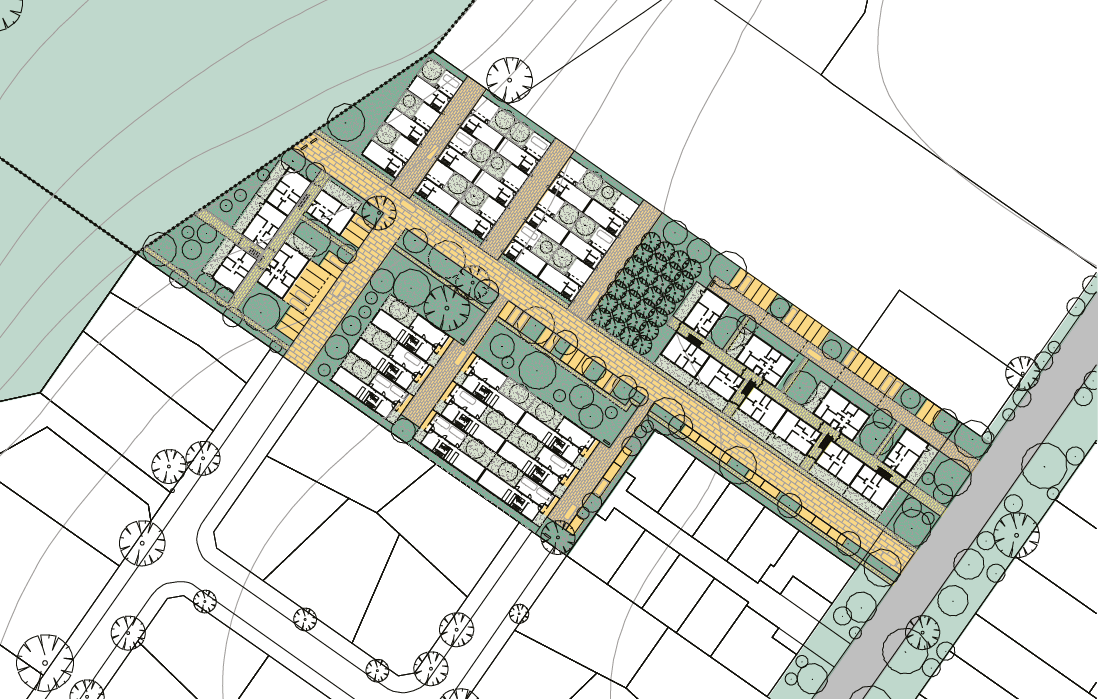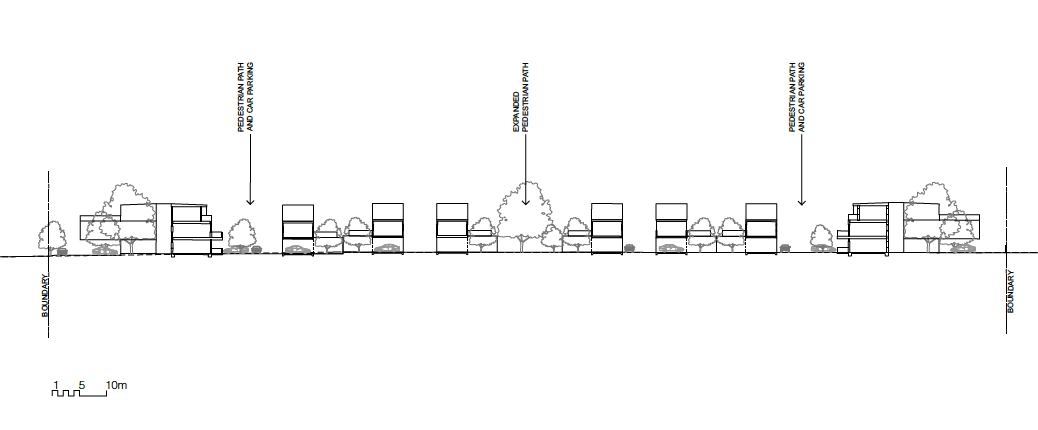New infill designs tested in Salisbury
Combining quality and visionary architectural design with good water performance is the best way to combat the threats to hydrology, resource efficiency, liveability and amenity that ‘business as usual’ (BAU) infill development causes in our cities.
Our IRP4 (Water sensitive outcomes for infill developments) team is intervening in BAU infill by developing design alternatives for infill development that offer water sensitive solutions, and tools that can verify the improved performance of those designs.
On 7 February, the deputy-program leader of IRP4, Dr Marguerite Renouf, gave an update on the research using Salisbury, SA as a case study.
The IRP4 team is studying the impacts of infill development (altered hydrology, urban heat, and reduced amenity). To do that they have developed an Infill Performance Evaluation Framework and have applied it to infill case studies in Salisbury in Adelaide and Knutsford in Perth. It is a systematic method for quantifying the performance of urban developments across a range of performance indicators (hydrology, water resource management, urban heat, architectural and urban space quality).
The study is comparing the performance of BAU and water sensitive infill development scenarios against the existing state, to explore:
- changes in land use and imperviousness
- changes in hydrology (stormwater runoff, infiltration and evapotranspiration)
- the degree of water self-sufficiency that can be achieved
- changes in urban heat, which is an important factor in the hot Adelaide context.

The Salisbury case study precinct is very typical of the scattered lot-scale densification occurring in many cities in Australia. The evaluation found that smarter water sensitive dwelling designs and green streets makes it possible to increase dwelling densities without adversely altering current hydrological balance. The smarter designs use two-storey instead of single-storey designs to free up valuable pervious surfaces, use permeable paving, and make space for deep rooted trees.
Having supplementary water to support dense tree canopies was a very important ingredient. So lots of water storage capacity in the urban landscape is crucial, which Salisbury has in its large Aquifer Storage and Recovery (ASR) scheme. The right water pricing could make this valuable water more viable for greening and cooling this densifying precinct.

The next step for the Salisbury case study is to start thinking about performance targets.
Many stakeholders have contributed to our research in Salisbury:
- Salisbury Water – Bruce Naumann
- Salisbury City Council – Clint Watchman and Amanda Berry
- Water Sensitive SA – Mellissa Bradley
- Project Steering Committee:
- WA Dept Planning – Matt Stack
- Swinburn Uni – Professor Peter Newton
- Monash Uni – Professor Nigel Tapper
- Landcorp – Greg Ryan
- Environment NSW – Sadeq Zaman
- SE Water – Chris Tancheff.
You can find out more about IRP4 here.
And if you’re in Perth, join us at the Designing and evaluating water sensitive infill developments event.
